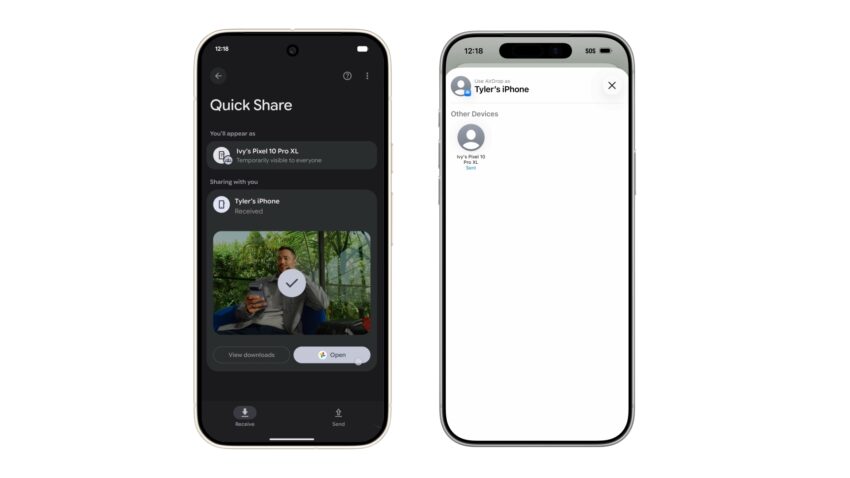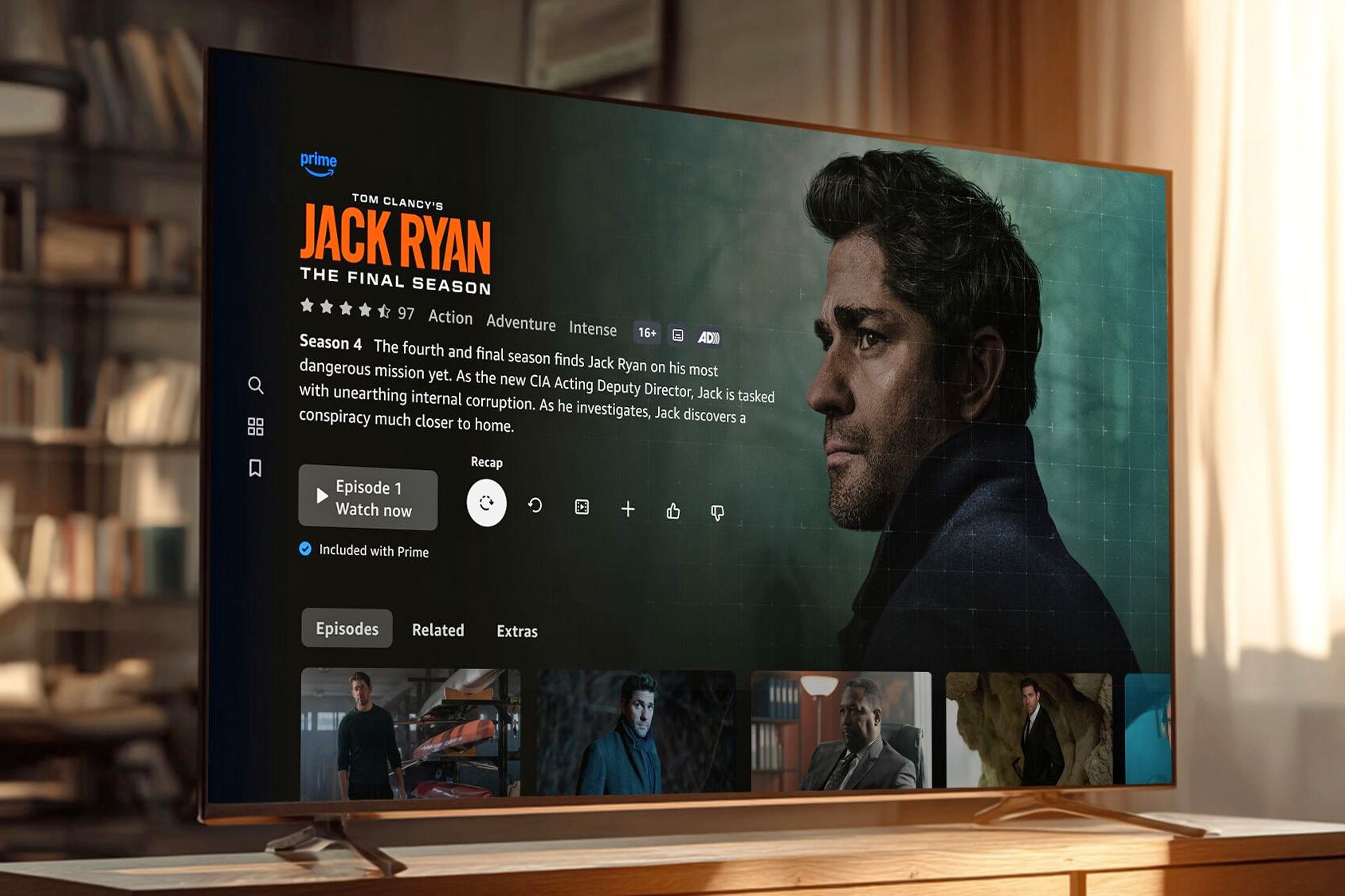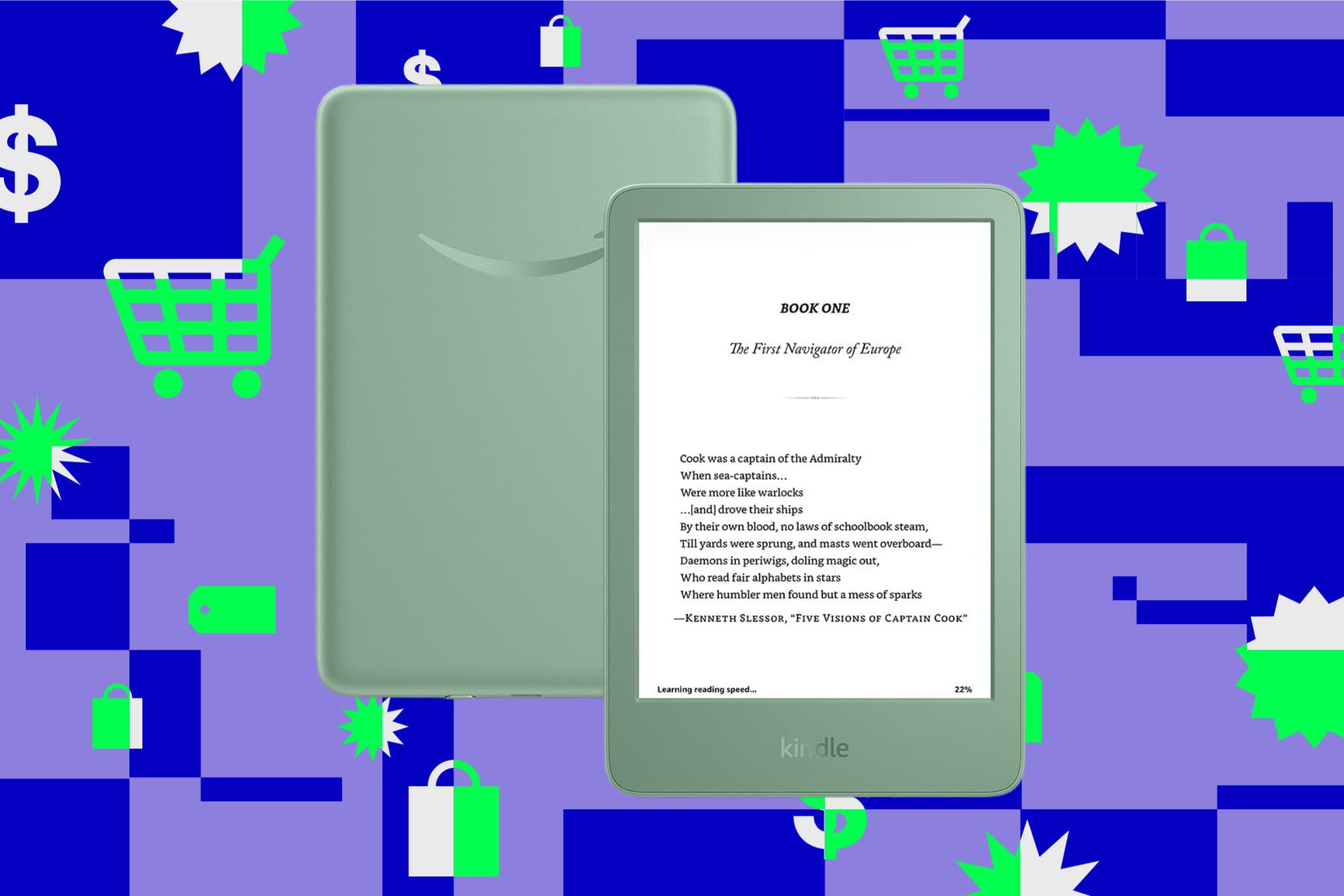
pixel 10 phones are now compatible with Google has made a significant announcement that will enhance the user experience for Pixel 10 owners by enabling them to send and receive files with Apple devices via AirDrop.
pixel 10 phones are now compatible with
Overview of the New Feature
In a move that many users have been eagerly anticipating, Google has revealed that the Pixel 10 series can now utilize Apple’s AirDrop functionality. This feature allows for seamless file sharing between Pixel 10 devices and a range of Apple products, including iPhones, iPads, and macOS devices. Google spokesperson Alex Moriconi stated, “We’re bringing this new experience to Pixel 10 first before expanding to other devices,” indicating that this feature is currently exclusive to the latest generation of Pixel phones.
How It Works
The process for sharing files between a Pixel 10 and an Apple device is straightforward, although it does require some adjustments to the settings on the Apple device. To initiate a file transfer from a Pixel 10, the owner of the Apple device must first make their device discoverable to anyone. This can be done by adjusting the AirDrop settings, which includes an option to limit discoverability to a 10-minute window. Once this setting is activated, the Pixel 10 user can access the Apple device through the Quick Share feature and initiate the file transfer.
On the Apple side, the AirDrop request will appear just like any other transfer request, allowing the user to approve it and commence the file-sharing process. This setup ensures that both parties have control over the transfer, maintaining a level of security and user consent.
Receiving Files from Apple Devices
Conversely, the process for receiving files on a Pixel 10 from an Apple device is equally user-friendly. The Pixel 10 must be set to receive mode or made discoverable to anyone. Once these settings are configured, the Apple device owner can initiate an AirDrop transfer. The Pixel owner will receive a notification to accept the transfer, and upon approval, the file will be shared seamlessly across platforms.
Implications for Cross-Platform Sharing
This development marks a significant milestone for cross-platform compatibility, particularly for Android users who have often found themselves on the outside looking in when it comes to features like AirDrop. Historically, Apple has maintained a closed ecosystem, making it challenging for users of different platforms to share files easily. The introduction of AirDrop functionality for Pixel 10 users represents a shift in this paradigm, allowing for more fluid interactions between Android and Apple devices.
The Importance of Seamless Sharing
Seamless file sharing is a critical feature for modern smartphone users. In an increasingly interconnected world, the ability to share photos, documents, and other files without the need for cumbersome methods—such as email or third-party applications—can significantly enhance user experience. AirDrop has long been a standout feature for Apple users, providing a quick and efficient way to transfer files. By enabling this functionality for Pixel 10 users, Google is not only improving the user experience for its customers but also challenging the notion of platform exclusivity.
Technical Considerations
While the feature is currently limited to the Pixel 10 series, it raises questions about future compatibility with other Android devices. Google has not provided a timeline for when or if this feature will be extended to other Android smartphones. However, the statement from Moriconi suggests that there is a roadmap for broader implementation. This could potentially lead to a more unified experience for Android users, allowing them to take advantage of features that have traditionally been exclusive to Apple devices.
Security and Privacy Concerns
As with any feature that involves file sharing, security and privacy are paramount. The requirement for users to manually adjust their discoverability settings adds a layer of security, ensuring that users are aware of when their devices are visible to others. This is particularly important in public spaces where unauthorized access to personal files could pose a risk. Google’s implementation appears to prioritize user consent, which is a positive step in addressing potential concerns.
Reactions from Stakeholders
The announcement has been met with enthusiasm from both Pixel 10 users and the broader Android community. Many users have expressed relief that they can now share files with friends and family who use Apple devices without the need for additional apps or complicated processes. This feature is expected to enhance social interactions, particularly among users who frequently share photos and videos.
On the flip side, some Android users have voiced concerns about the exclusivity of the feature to the Pixel 10 series. While the initial rollout is a positive development, there is a sense of urgency among users of other Android devices who are eager for similar capabilities. The tech community is closely monitoring Google’s next steps, as the expansion of this feature could significantly impact user adoption and satisfaction across the Android ecosystem.
Comparative Analysis with Other File Sharing Methods
Before the introduction of AirDrop for Pixel 10, Android users had several options for file sharing, including Bluetooth, NFC, and various third-party applications. Each of these methods has its own advantages and limitations:
- Bluetooth: While widely available, Bluetooth file transfers can be slow and often require manual pairing between devices.
- NFC: Near Field Communication allows for quick transfers but is limited to small file sizes and requires devices to be in close proximity.
- Third-Party Apps: Applications like ShareIt and Send Anywhere offer cross-platform sharing but often require both users to have the app installed, which can be a barrier to entry.
In contrast, AirDrop’s ease of use and speed make it a compelling option for users looking for a hassle-free file-sharing experience. The integration of AirDrop into the Pixel 10 ecosystem is likely to elevate user expectations for file sharing across all platforms.
Future Prospects
Looking ahead, the introduction of AirDrop functionality for Pixel 10 users could signal a broader trend toward cross-platform compatibility in the tech industry. As users increasingly demand seamless interactions between different devices, companies may be compelled to adopt more inclusive approaches to software development. This could lead to a future where features traditionally associated with one platform become available across multiple ecosystems.
Moreover, with the rise of RCS (Rich Communication Services) on iPhones, which facilitates better messaging experiences, the integration of AirDrop functionality could further bridge the gap between Android and Apple users. As these technologies evolve, they may pave the way for a more interconnected digital landscape, where users can communicate and share files without the constraints of platform loyalty.
Conclusion
The announcement that Pixel 10 phones are now compatible with AirDrop is a significant development in the realm of cross-platform file sharing. By enabling this feature, Google is not only enhancing the user experience for Pixel 10 owners but also challenging the traditional barriers that have existed between Android and Apple devices. As the tech landscape continues to evolve, it will be interesting to see how this feature expands to other devices and what implications it holds for the future of cross-platform compatibility.
Source: Original report
Was this helpful?
Last Modified: November 20, 2025 at 10:37 pm
1 views















